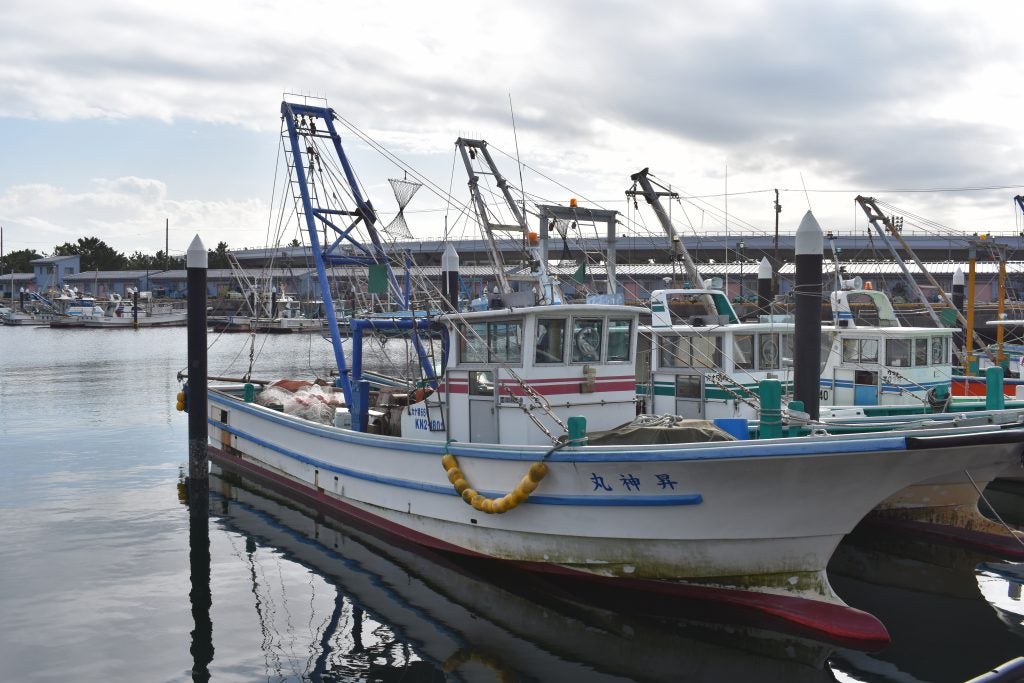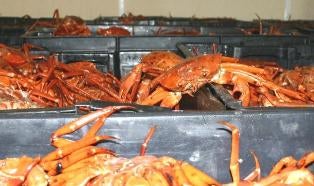With a record drought depleting rivers and reservoirs, wildfires burning across the Western U.S., historic floods in Germany and China, landslides in Japan, and my own notoriously wet and dreary hometown of Portland, Oregon hitting 115 degrees recently, it’s hard to avoid thinking about climate change. But while the terrestrial impacts are wide-ranging and obvious, impacts to our oceans — no less disruptive — are generally less visible. Yet, healthy oceans are critical for sustainable fisheries and other vital ecosystem services. Fisheries provide jobs for hundreds of millions of people globally, and billions rely on seafood as an important source of protein and micronutrients.
EDFish
Selected tag(s): Catch Limits
Deepening scientific understanding and international collaboration to enhance climate resilience
New Study: Catch Shares Comply with Catch Limits
Published online November 16, 2012, in Ocean & Coastal Management
By Wesley S. Patrick & Lee R. Benaka
NOAA Fisheries, Office of Sustainable Fisheries
Fisheries operated under catch share management systems were more likely to stay within target catch limits and to stop overfishing than those operating under other management systems, according to a new study by the National Oceanic and Atmospheric Administration (NOAA) entitled “Estimating the Economic Impacts of Bycatch in US Commercial Fisheries” which was published online last month in Ocean & Coastal Management.
The study analyzed the impact of “management uncertainty” upon fishery performance in 17 U.S. fisheries covering 12 different species. It compares fisheries under catch share management systems with those operating under other types of fishery management in which landings are managed “in-season” or “post-season.” This study is one of the first to look at the impact of “management uncertainty” upon a fishery’s performance. “Management uncertainty” refers to the inability of fishery managers to accurately predict how the management techniques they employ will affect their ability to achieve targets such as catch limits.
The study found that a fishery’s ability to stay within targeted catch limits varied considerably, but those under catch shares exceeded catch limits the least. Catch share fisheries exceeded catch limits just 2% of the time, compared to 37% of the time for those managed in-season or post-season. Knowing that catch share-run fisheries are unlikely to exceed catch limits reduces uncertainty and allows managers to set catch limits closer to “true” targets, allowing fishermen to catch more fish while still protecting fish populations for the future.
Catch Share Conversations: The Atlantic Red Crab Fishery
My last post on EDFish described a day I spent in the tidal creeks of South Carolina fishing for blue crabs with local waterman Fred Dockery. Today, I’d like to share some valuable insights gleaned from a very different crab fishery.
The deep-sea Atlantic red crab fishery had long escaped the attention of many stakeholders in New England owing to its comparatively small fleet and modest landings relative to larger scale cousins like the sea scallop, groundfish and lobster fisheries. Indeed, the fishery did not even have a management plan until 2002. However, last fall, red crab assumed an unexpected level of attention in response to advice on acceptable biological catch (ABC) from the New England Fishery Management Council’s Scientific and Statistical Committee (SSC, on which I sit) that many deemed to be too low and likely to impose excessive socio-economic hardships.
Fortunately, the months since the September 2009 Council meeting where the SSC first delivered its red crab ABC saw scientists, managers and the industry take the steps needed to generate better catch advice. Efforts made to generate better catch advice were consistent with sound scientific and fishery management process, thus turning a tense controversy into a valuable example of how to do things better.
Industry and SSC members worked directly with the red crab Plan Development Team to expand and clarify the science underpinning the ABC. Also, fellow committee member Dr. Dan Georgianna and I visited the red crab unloading and processing facility in New Bedford just before the March 2010 SSC meeting at which we revisited the red crab ABC. Our visit aimed to help us learn more about the fishery and its operations to better inform our advice to the Council on both immediate issues and others that might arise down the track, and to help the industry better understand SSC operations and rationale. The result of those scientific and outreach efforts was an improved analysis and better understanding that gave the SSC more confidence in setting a higher catch limit for 2010 and beyond.
Beyond its constructive participation in the management process, the red crab fishery illustrates the value of cooperative research and innovative business planning in building a more robust and sustainable business model, one that could be enhanced by conversion to catch shares. We discuss the red crab fishery and its future potential in more detail in the newest edition of CSC – Red Crab Dec 2010 from the EDF Catch Share Design Center.











